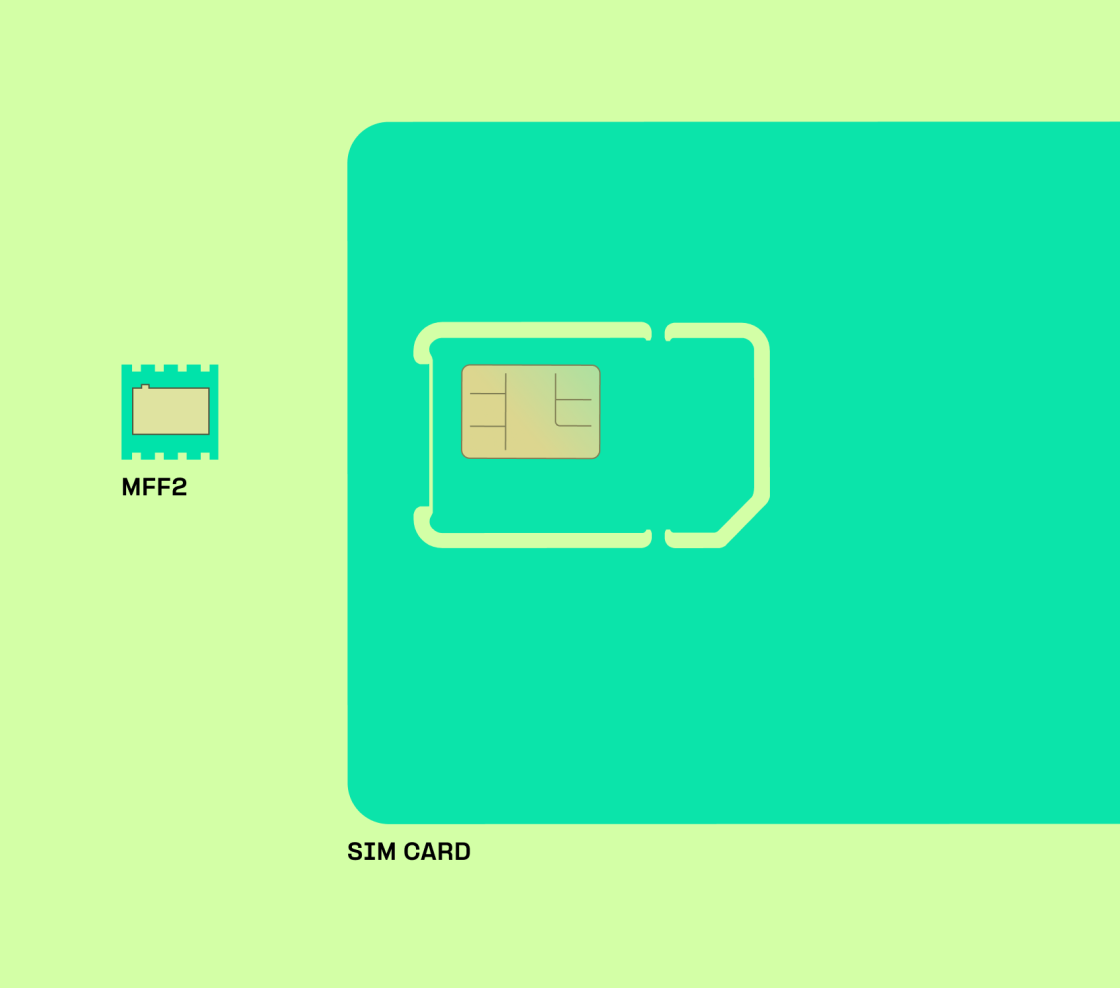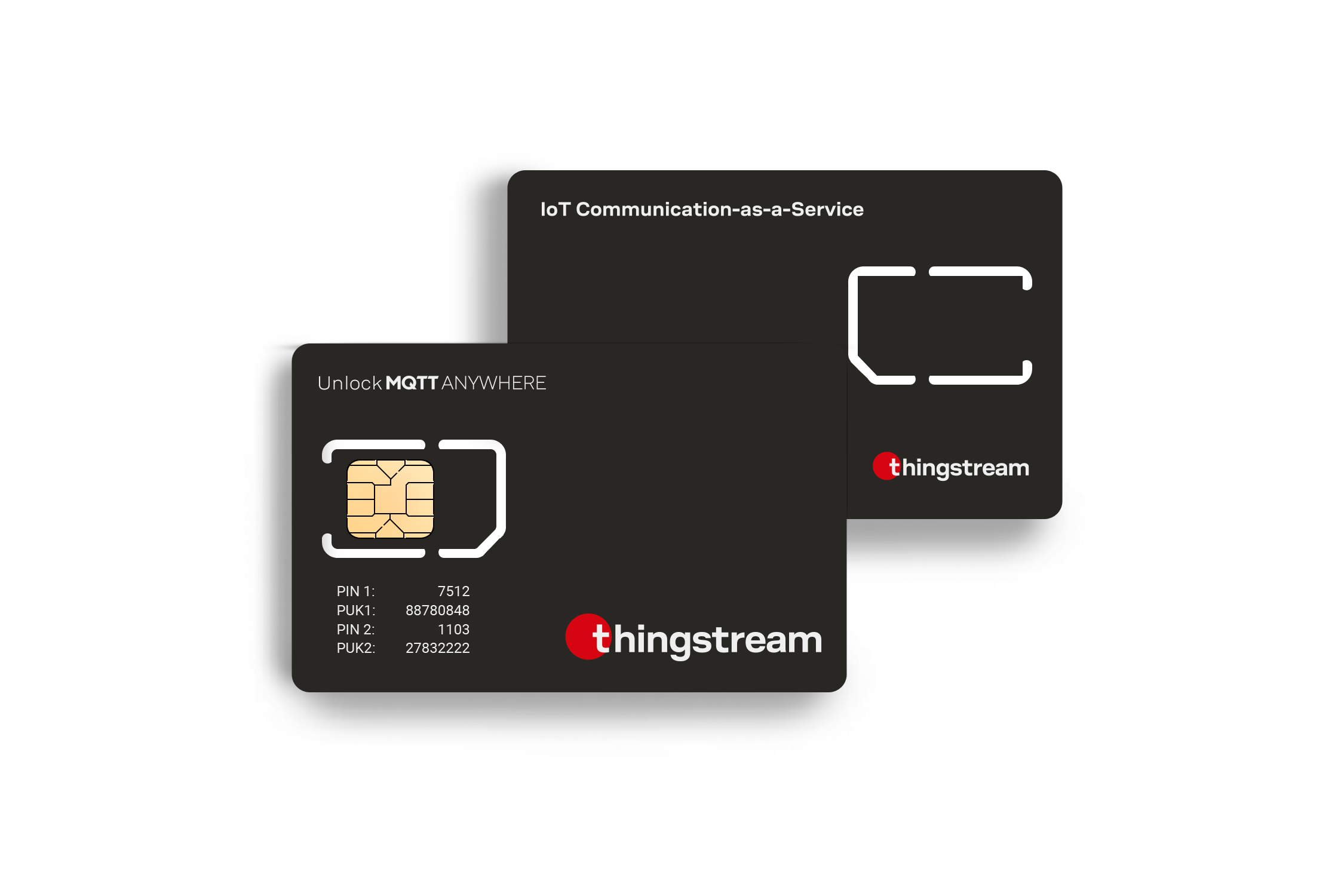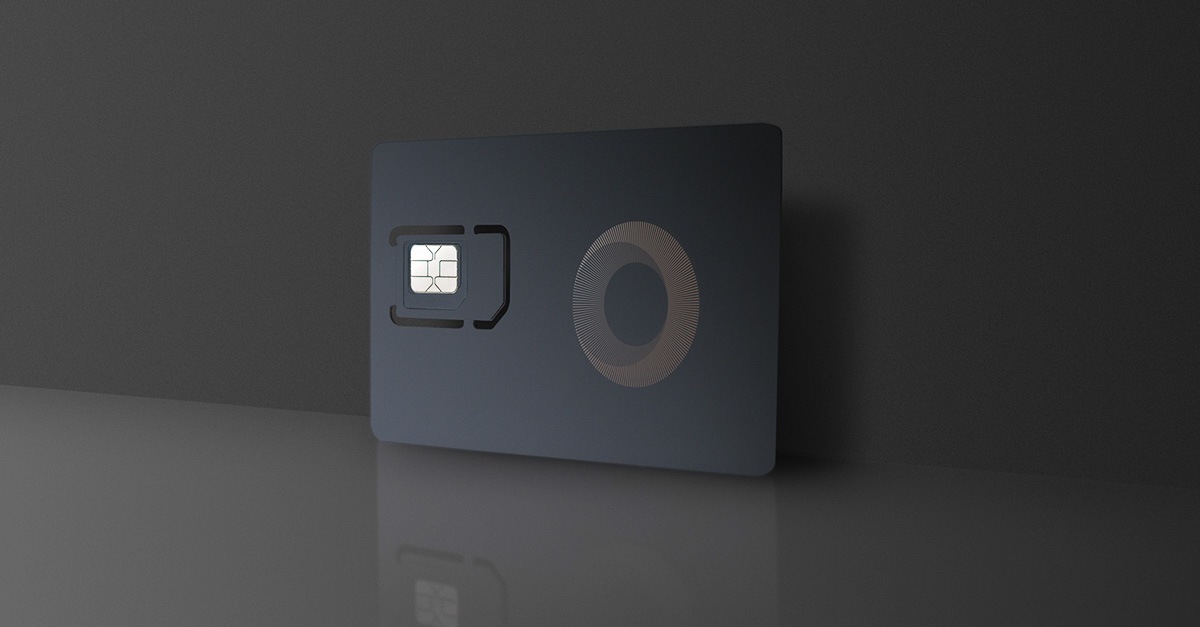Control Iot Devices Remotely Key IoT Applications Overview

As urban areas continue to increase, the need for environment friendly and clever administration of sources turns into more critical. Smart cities current a transformational alternative to boost the standard of life for his or her inhabitants by way of the integration of expertise. At the middle of this transformation lies IoT connectivity choices for smart cities, which play a pivotal position in offering the infrastructure wanted for seamless communication between gadgets.
IoT, or the Internet of Things, connects various devices, sensors, and networks to create a cohesive operational environment. The potential functions range from clever site visitors management to smart energy grids and pollution monitoring. By leveraging these connectivity choices, cities can gather real-time data to make informed selections relating to urban planning and useful resource allocation.
Are Iot Devices Remotely Controllable Top 20 IoT Devices List
Various connectivity protocols serve as the backbone for IoT implementations. Cellular networks have gained prominence due to their intensive coverage and reliability. Technologies like LTE and upcoming 5G guarantee high-speed knowledge transmission, enabling a larger variety of units to connect without compromising velocity or efficiency. This in depth reach is especially advantageous for smart autos and emergency response models.
Furthermore, Low Power Wide Area Networks (LPWAN) provide unique advantages for smart city applications that demand extended battery life and prolonged range. Protocols corresponding to LoRaWAN and Sigfox are well-suited for functions that do not require real-time information however choose low-bandwidth communication. This makes them ideal for monitoring environmental situations, waste management, and smart parking techniques.
Web Ssh Access Iot Devices 9 IoT Devices Integrate with ERP
Bluetooth and Wi-Fi also remain necessary in the connectivity panorama. Their robustness in native communications permits for the development of smart buildings and enhanced public transportation methods. For example, smart buses may be outfitted with sensors that broadcast details about seating availability and route changes to close by users.

In addition, Mesh networking presents another viable possibility, allowing gadgets to connect immediately with each other without necessitating a central router. This decentralized communication mannequin enhances reliability and resilience in areas the place conventional networks could probably be compromised, corresponding to throughout emergencies or pure disasters.
As cities experiment with totally different IoT connectivity choices, knowledge privateness and safety have to be addressed diligently. With numerous units transmitting sensitive data, the chance of breaches escalates. Implementing sturdy encryption methods and continuous monitoring protocols ensures that communication stays safe, safeguarding both the infrastructure and the personal privacy of residents.
Iot Devices IoT Devices in Real World
Energy effectivity performs an integral position within the implementation of IoT technologies in smart cities. Strategies for optimizing energy consumption among linked units are necessary to scale back the environmental footprint. By using energy-efficient protocols, cities can ensure that the deployed technology remains sustainable and cost-effective in the long run.
Public engagement turns into an important factor within the successful rollout of IoT techniques. Community suggestions can drive the event of smarter techniques tailor-made to go properly with the specific wants of residents. Initiatives corresponding to workshops, public boards, and pilot programs might help gauge public sentiment and encourage participation, fostering a way of ownership amongst residents.
Collaboration among varied stakeholders, together with authorities, companies, and academic establishments, is crucial for creating a robust smart city ecosystem. Such partnerships can drive innovation, facilitate knowledge sharing, and provide necessary funding for infrastructure projects. By aligning objectives and sources, these stakeholders can work collectively for the larger good of urban communities.
Cities that invest in technology-driven connectivity options witness improved operational effectivity and enhanced citizen services. Smart site visitors gentle techniques, as an example, can adapt sign timings primarily based on real-time visitors flow, lowering congestion - Iot Connected Devices. Moreover, smart waste management systems can optimize assortment routes, guaranteeing efficient service supply whereas saving costs and minimizing environmental influence.
Remote Connect Iot Devices Free What Is the Internet of Things?

In a quickly evolving technological landscape, adaptability becomes essential. Cities should be prepared to integrate rising technologies into their current frameworks. Regular critiques and updates to connectivity protocols will ensure that they keep related and can accommodate future innovations in IoT.
The potential of IoT connectivity choices for smart cities extends past mere comfort; they carry forth a paradigm shift in how city spaces function. By transforming knowledge into actionable insights, cities can harness the power of data to create resilient, inclusive, and sustainable environments.
As smart city options acquire traction globally, it turns into essential for cities to stay committed to enhancing citizen engagement, security, and sustainability. Continuous analysis and growth will foster the cultivation of innovative connectivity options, thereby paving the finest way for smarter urbanization.
In conclusion, the advent of assorted IoT connectivity options enables the realization of smart city visions. As cities integrate these technologies, the future holds vast potential for fostering well-connected, efficient, and vibrant urban landscapes. With the proper infrastructure and group collaboration, smart cities can paved the way towards a extra sustainable and improved high quality of life for everyone.
Remotely Access Iot Devices Ssh Web 9 IoT Devices for Home Automation
- High-speed fiber optic networks provide sturdy knowledge transmission, enhancing communication between connected units in urban environments.
- Low Power Wide Area Networks (LPWAN) facilitate long-range connectivity for smart sensors, bettering energy effectivity and increasing battery life.
- 5G networks deliver high bandwidth and low latency, enabling real-time knowledge processing for applications like site visitors administration and emergency response.
- Wi-Fi 6 provides improved capability and speed, permitting numerous units to connect seamlessly in areas with dense populations, similar to parks and public squares.
- Bluetooth mesh technology helps communication between numerous smart units in shut proximity, useful for native environmental monitoring and smart lighting solutions.
- Satellite connectivity can bridge coverage gaps in distant sections of a smart city, making certain continuous information flow for municipalities and services.
- Zigbee and Z-Wave protocols are good for home automation, selling interoperability among numerous gadgets in smart residential areas.
- Cellular IoT options leverage existing cell networks to connect units, providing a flexible and scalable infrastructure for urban functions.
- Network slicing allows the prioritization of knowledge traffic, guaranteeing that critical services receive the mandatory bandwidth during peak usage instances.
- Edge computing allows data processing nearer to the supply, reducing latency and enhancing the responsiveness of smart city applications.undefinedWhat are the frequent IoT connectivity options out there for smart cities?undefinedCommon connectivity choices for smart cities embody cellular networks (4G, 5G), LPWAN (Low Power Wide Area Network) corresponding to LoRa and Sigfox, Wi-Fi, Bluetooth, and Zigbee. Each option serves totally different use circumstances based on range, power consumption, and information wants.
How does 5G enhance IoT connectivity in city areas?undefined5G networks provide higher bandwidth, lower latency, and higher capability compared to previous generations. This permits real-time information processing and supports many linked devices, making it ideal for smart city applications like autonomous automobiles and smart grids.
Smart Iot Devices How Internet of Things Works
What role does LPWAN play in smart city IoT solutions?undefinedLPWAN provides long-range communication official site with minimal power consumption, making it suitable for IoT sensors that require extended battery life. It's particularly effective for applications like environmental monitoring and smart waste management in urban settings.
Can existing networks be used for IoT connectivity in smart cities?undefinedYes, present networks like Wi-Fi and cellular could be utilized for IoT purposes (Smart Iot Devices). However, they is probably not optimized for the particular needs of IoT units, especially by method of energy consumption and device density.
What are the safety concerns associated to IoT connectivity in smart cities?undefinedSecurity concerns embody data breaches, unauthorized entry to devices, and vulnerabilities in network protocols. Implementing strong encryption, safe authentication, and regular software program updates is essential to safeguarding smart metropolis infrastructures.
Examples Of Iot Devices 9 IoT Devices Integrate with ERP
How do smart cities ensure dependable connectivity for IoT devices?undefinedSmart cities usually use a diverse mix of connectivity options together with redundancy measures. This ensures that even if one connection type fails, others can preserve the community's reliability and efficiency.
Are there any standards for IoT connectivity in smart cities?undefinedYes, various standards exist for IoT connectivity, together with 3GPP for cellular technologies and IEEE standards for wi-fi communication. Compliance with these standards ensures interoperability and safety among different units and networks.
What components should be thought of when choosing an IoT connectivity option?undefinedFactors to consider embody range, energy necessities, knowledge transmission charges, device density, security features, and price. A thorough evaluation of the specific use case may help determine the most suitable connectivity option.
Iot Devices Meaning What Is Internet of Things?
How does the selection of connectivity affect IoT system design?undefinedThe chosen connectivity possibility can dictate features of system design similar to energy consumption, dimension, and complexity. For occasion, Read Full Article gadgets utilizing LPWAN may need less power, permitting for smaller battery sizes in comparability with those relying on cellular networks.

What is the way forward for IoT connectivity in smart cities?undefinedThe way forward for IoT connectivity in smart cities is expected to be shaped by advancements in 5G technology, increased use of edge computing, and the mixing of AI for smarter decision-making. Enhanced connectivity will result in extra efficient metropolis administration and improved citizen companies.